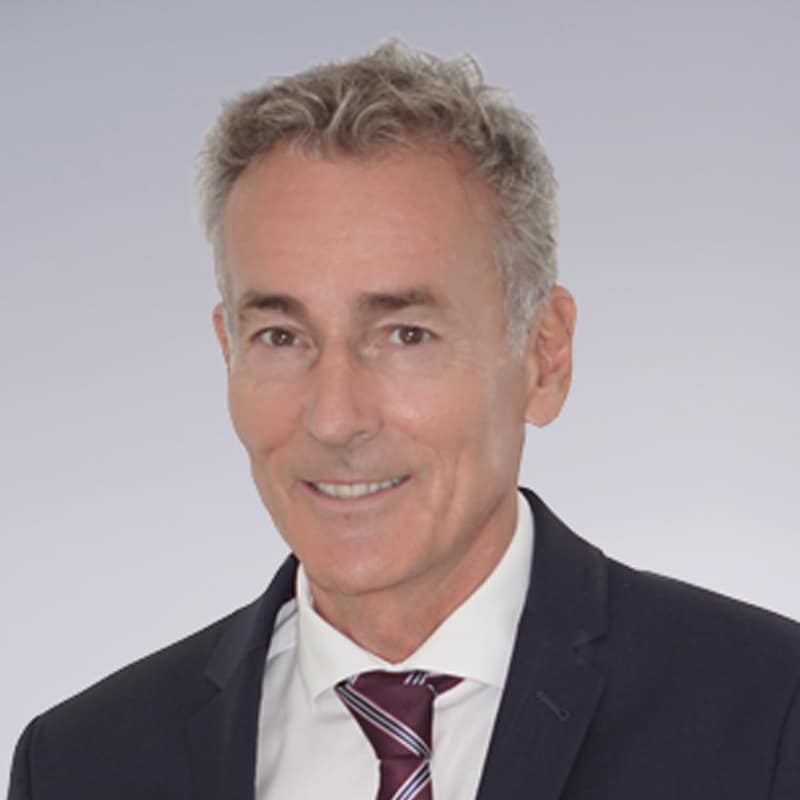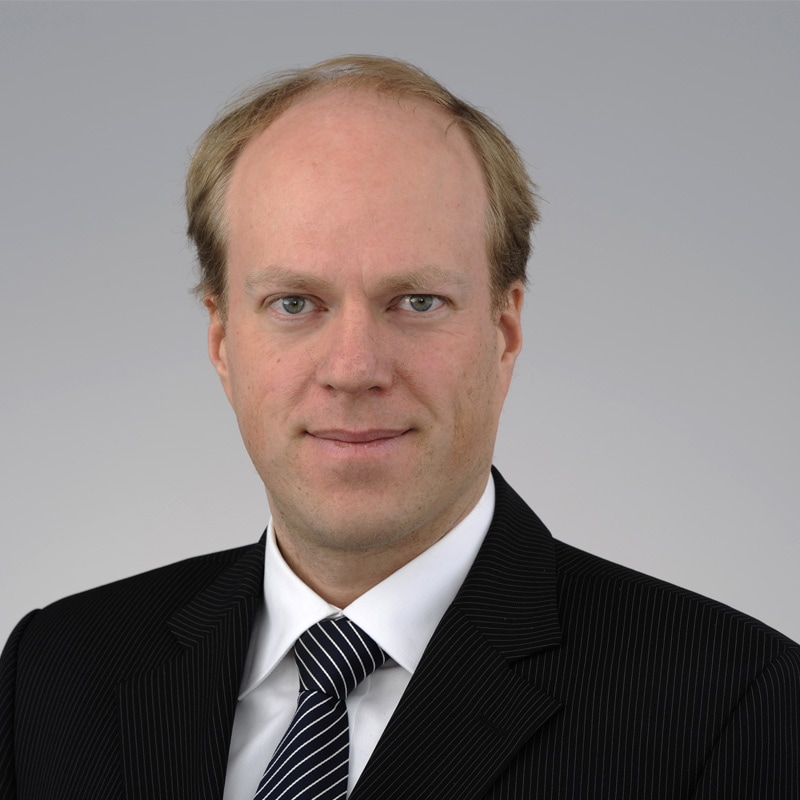Heinz Tschabold (MA, CAIA), Director, is a Senior Portfolio Manager on the Thematic Equity team. In 2002, he joined Credit Suisse Asset Management, now part of UBS Group, and was initially responsible for implementing quantitative models in the real estate sector. Since 2006, he has been responsible for mandates in the area of international real estate and infrastructure investments as a Senior Portfolio Manager and he is also responsible for the selection of companies and funds. Before joining Credit Suisse, Heinz worked as financial analyst at UBS Warburg and assisted Swiss companies in the construction, machinery, and electrical engineering fields. Heinz holds a degree in Business Administration from the University of St. Gallen, a master’s degree in Finance, and is a Chartered Alternative Investment Analyst (CAIA).











